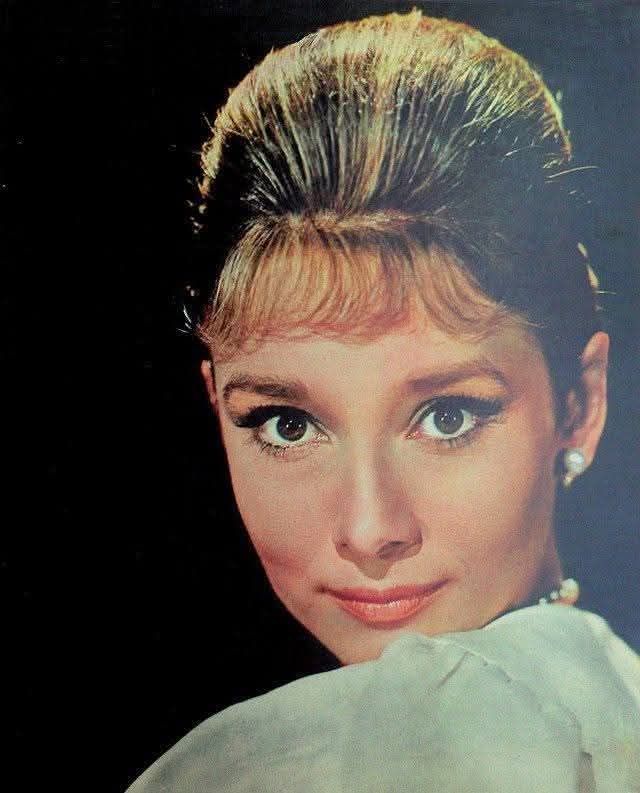When Audrey Hepburn arrived in New York to film Breakfast at Tiffany’s (1961), she was nervous. The role of Holly Golightly—a charming but complicated party girl—was far from her usual elegant, refined characters. Truman Capote, who wrote the original story, had wanted Marilyn Monroe for the part and openly criticized the studio for casting Hepburn.
Hepburn wasn’t a natural fit for Holly’s wild, carefree personality. She had to push herself to play the character—wearing the famous black Givenchy dress, holding a long cigarette holder, and balancing Holly’s mix of playfulness and loneliness. Director Blake Edwards later said, “She was scared to death of the part. She kept telling me, ‘I’m not Holly.’ I told her, ‘That’s perfect. Holly is pretending to be someone she’s not, and you’re real. It’ll work.’”
Hepburn’s co-star, George Peppard, didn’t make things easier. He was a Method actor, intense and serious, while Hepburn relied on instinct and subtlety. The two rarely got along off-camera. Peppard sometimes clashed with producers over his character and even showed up hours late to set after an argument. Despite the tension, Hepburn worked hard to perfect her performance, often repeating lines over and over until she got them just right.
The famous shot of Holly eating breakfast outside Tiffany’s was harder to film than it looked. The crew shot at dawn to avoid crowds, but they still had to stop traffic between takes. Hepburn hated croissants—yet she had to keep nibbling one in every take. “She was gagging between shots,” Edwards recalled, “but she smiled like a pro.”
Tiffany & Co. had never allowed a film crew inside before, but they agreed to open early—just for one hour—so the movie could shoot there.
The studio originally planned to replace Hepburn’s singing with a professional voice. But when composer Henry Mancini heard her soft, emotional version of “Moon River,” he insisted they keep it. The studio pushed back, but Hepburn refused—“Over my dead body,” she said. In the end, her version stayed, and today, it’s impossible to imagine the song without her.
One of the film’s biggest controversies was Mickey Rooney’s exaggerated portrayal of Mr. Yunioshi, Holly’s Japanese neighbor. Even at the time, some crew members felt uncomfortable with the performance. Years later, Edwards admitted it was his biggest regret: “If I could change one thing in my career, it would be that casting.”
Despite the struggles, Hepburn found warmth with the costume team and musicians. Between takes, she invited crew members to her dressing room, sharing chocolates and laughing about the wild party scenes. Those chaotic scenes took six days to film, with actors improvising so much that props broke and costumes got ruined. “By the end, it felt like a real party that got out of control,” one crew member said.
After filming, Hepburn admitted Holly was the hardest role she ever played. “I never thought I could do it. I thought people would laugh at me,” she said in 1962. But audiences loved her—even if Capote never did.
Every moment of Breakfast at Tiffany’s was a risk for Hepburn. But in the end, her quiet determination turned Holly Golightly into one of the most unforgettable characters in film history.